
Types of interior paints
Types of interior paints
Modern paint industry offers a huge number of different materials adapted to all needs.
These are the main varieties types of interior paints
Water paint:
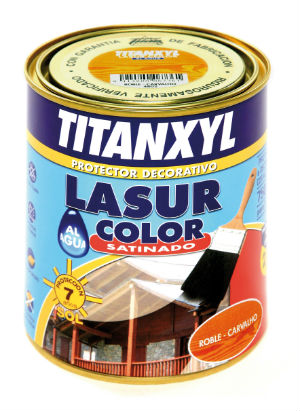
The water-based paint is one of the most common market, the solvent is water which derives its name.
This painting has many advantages which are:
1.- Fast dry, this painting takes about six (6) hours to dry, This way is faster to the next layer for better results
2.Its scent is soft and disappears faster than other products.
3.-Different finishes are obtained with water paint
Waterborne paints are less toxic than solvent based paints, and painting tools are easier to wash.
Oil painting:
It is a kind of slow-drying paint, It consists of pigments suspended in oil drying.
These paintings are ideal for exterior and interior for its high strength and bright colors and use art oil painting called.
Paint enamel:

The enamel paints are highly resistant to adverse weather conditions and temperature fluctuations.
They are generally made based oil which can be applied and mixed gently.
Adherence is more resistant than latex and there are water-based glazes less toxic.
plastic paint:

It is most often used in interior decoration painting. It comprises a vinyl or acrylic medium and pigment, plus loads (substances like plaster) that they are responsible for forming and shaping the mixture density.
The best plastic paint is really pays, which it contains more pigment (in white paints is titanium dioxide).
Worth spending a little more and buy good quality paint; Most paints contain too much economic burden and, although very thick consistency feature, little cover.
Plastic paint is water soluble, dries fast, no smell and allows easy cleaning of utensils.
Each manufacturer advises the degree of solution should in each hand; It is lower than normal in the first 20% O 30% water and the second in 10% O 15%.
If the wall is very porous, the first layer should be much liquid, in a solution of 50%.
tints:

They are highly concentrated liquid tone used to color white paint. It encompasses much, and a few drops dyeable several liters of paint.
It is important to follow the proportions established by each manufacturer and not exceed certain limits, from which the dye supernatant in the paint without mixing with it.
plastic paint satiny:
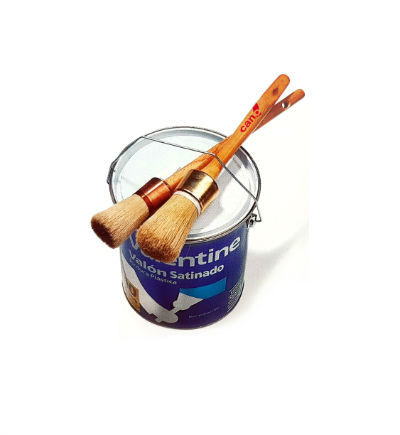 It presents a finer and glossy matte finish paint. Its slightly glossy quality is not advisable in walls with irregularities.
It presents a finer and glossy matte finish paint. Its slightly glossy quality is not advisable in walls with irregularities.
Because highlights.
It is more resistant to dirt and longer lasting matte paint. It is best suited for decorative effects requiring a uniform finish.
acrylic painting:
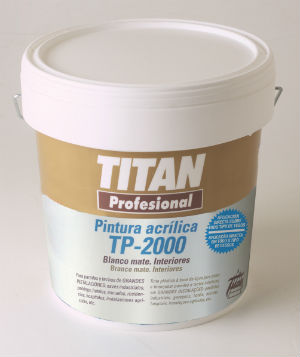 Acrylic paint containing a plastic material that is readily soluble in water, It is easy to clean and has an affordable price.
Acrylic paint containing a plastic material that is readily soluble in water, It is easy to clean and has an affordable price.
It is fast drying, which makes faster the second application of paint.
Some manufacturers sell matt and glossy versions of each color.
matt plastic paint:
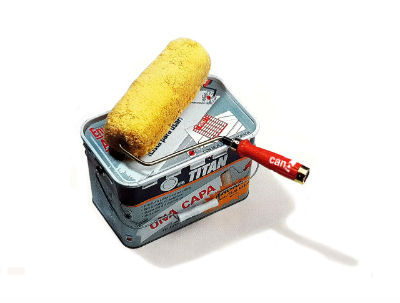
It is easier to use and more adaptable to most decorating jobs.
It gives an opaque finish and dull, with a slightly velvety texture.
It is ideal to disguise any irregularity wall.
Dries very quickly, It is very easy to dye or color pigment, and can be diluted much, facilitating work based veladuras.
Being porous, it gets dirty more easily than other paintings, although in the case of plastic paint, washable.
Latex paint:
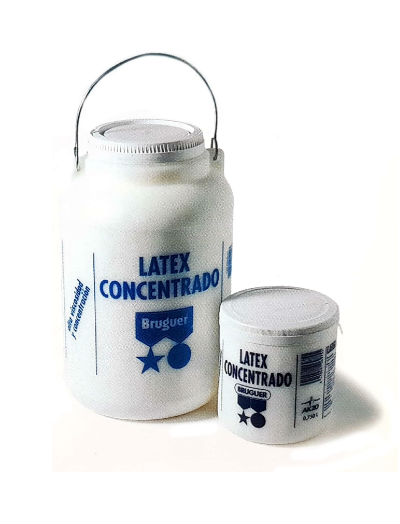
It is polyvinylacetate, a dense, milky liquid that becomes transparent when dry.
It is the binder of the vinyl paints, that is to say, the substance to which the pigment is added to obtain the plastic paint.
The latex has many applications in decorative painting and is almost essential when working with pigments.
It is very useful to provide transparency color consistency without lowering too. It is soluble in water and can be mixed both with plastic paint as acrylics.
cover cracks:
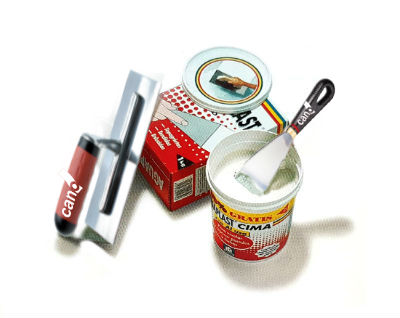
Unless the walls are in very good condition.
Tapagrietas is necessary to prepare with putty to remove all irregularities.
This mastic is sold in paste and powder.
The lid cracks powder must be mixed with water and operated until a thick mass of easy application.
Pasta stucco and molding:
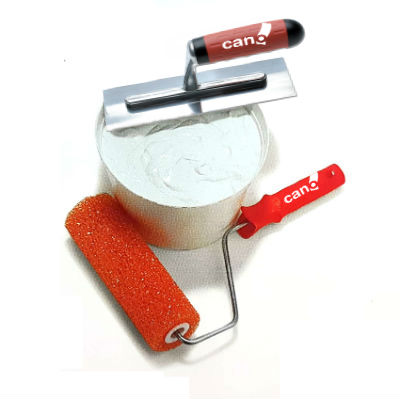
Stucco paste can get very textured effects, applying with roller coater and subsequently working it with different tools.
If the wall is large, It is desirable to work areas to keep the paste dry before being manipulated.
The modeling paste can work in decorative details such as stencils, friezes or simple ornamental motifs.
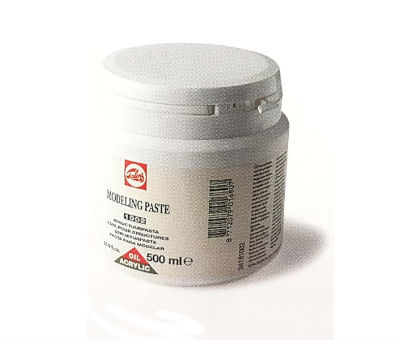
It takes slightly longer to dry than stucco paste, so it is possible to work for longer.
pigments:

All paints are composed of a binder and pigment, They are those that confer color.
Powdered pigments are available in bags, price varies by color.
The most affordable and common in decorating walls are natural lands, tones mostly iron oxide derivatives ranging from very dark brown, to ocher, through red rust and brown tones and oranges.
Throwing them latex, you can get very intense tones, both transparent and completely opaque.
They can be used to dye white plastic paint, but not directly, but habiéndolos mixed before latex.
Find all the tools necessary for a professional finish, with all types of paints for interiors https://cano-sa.com
